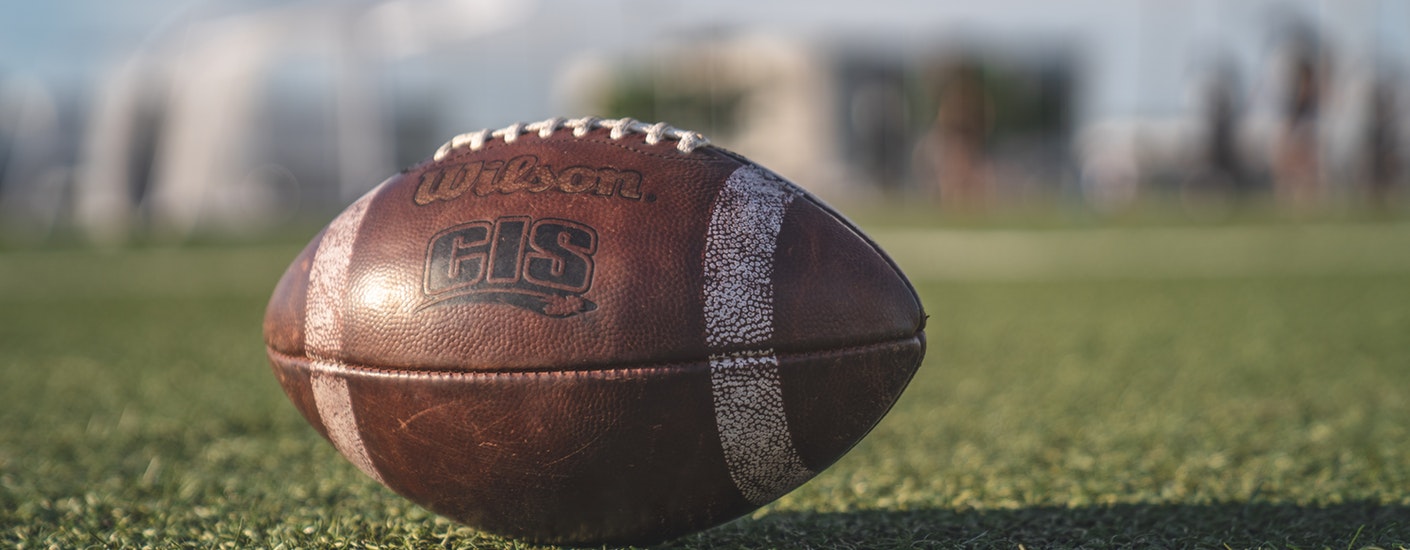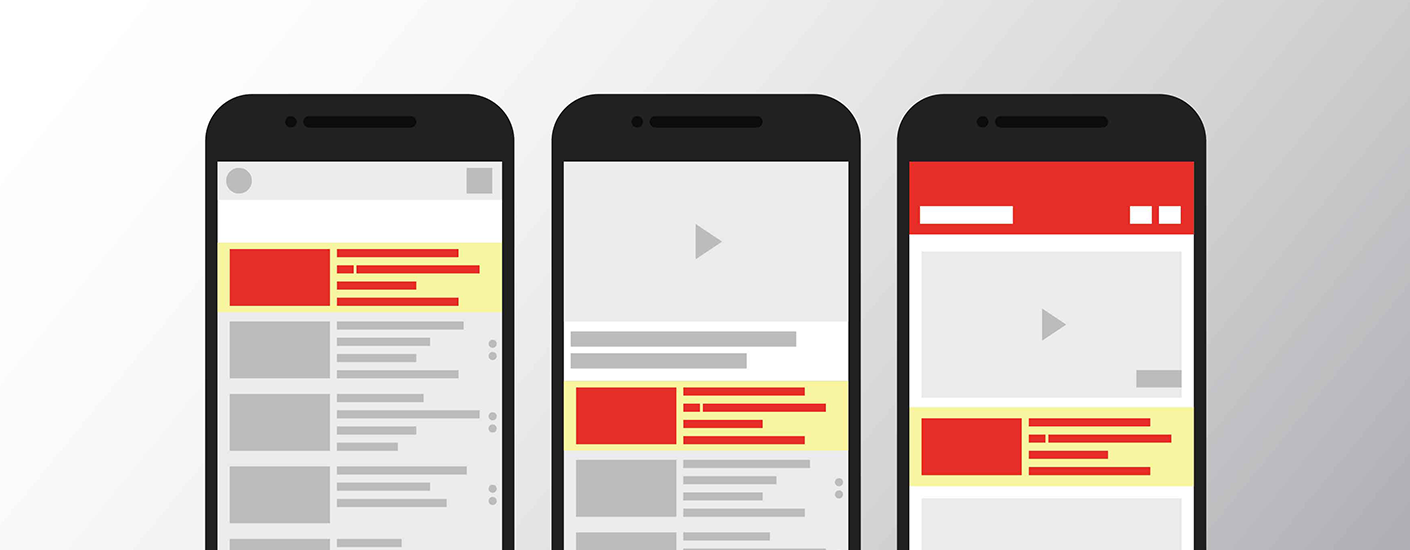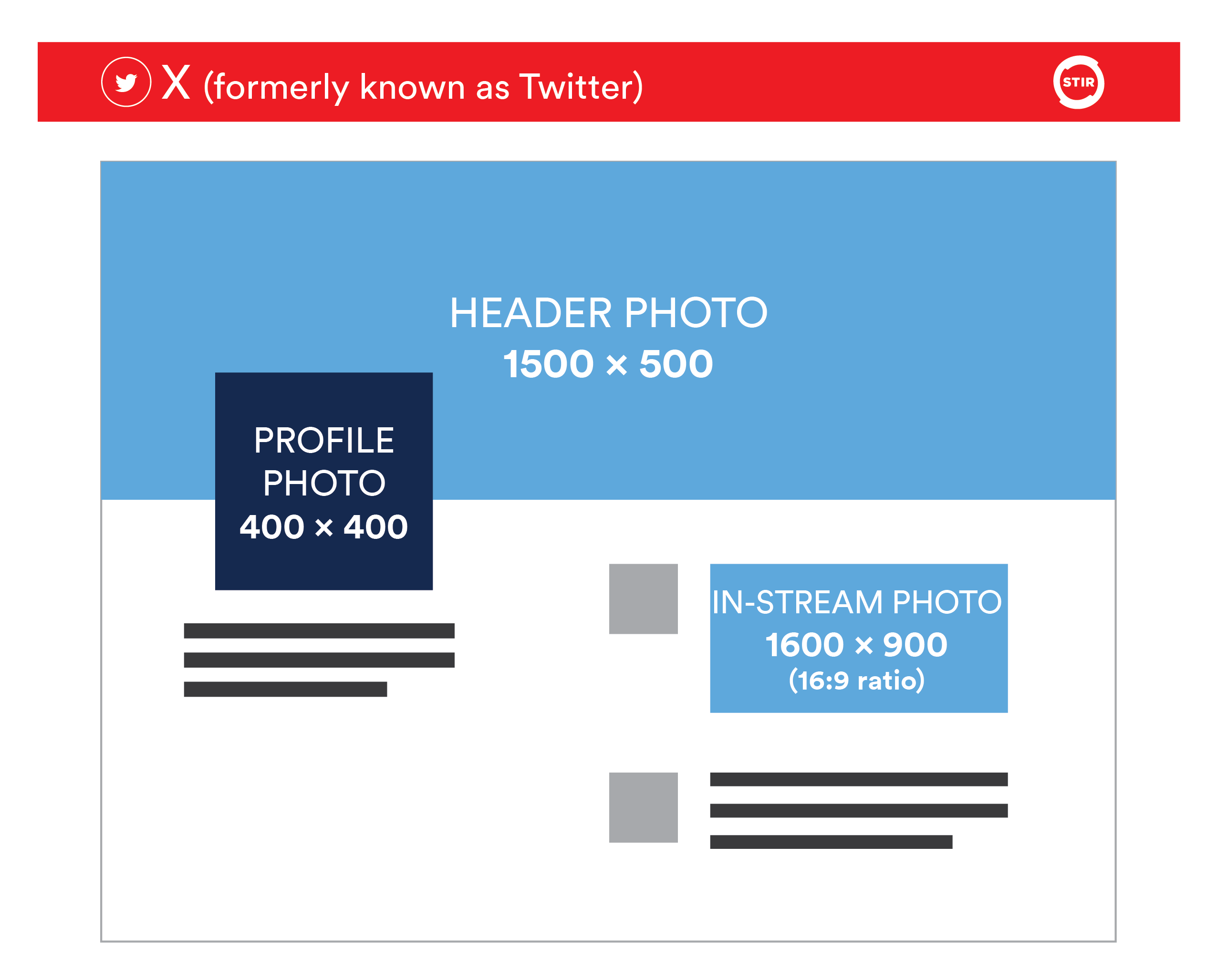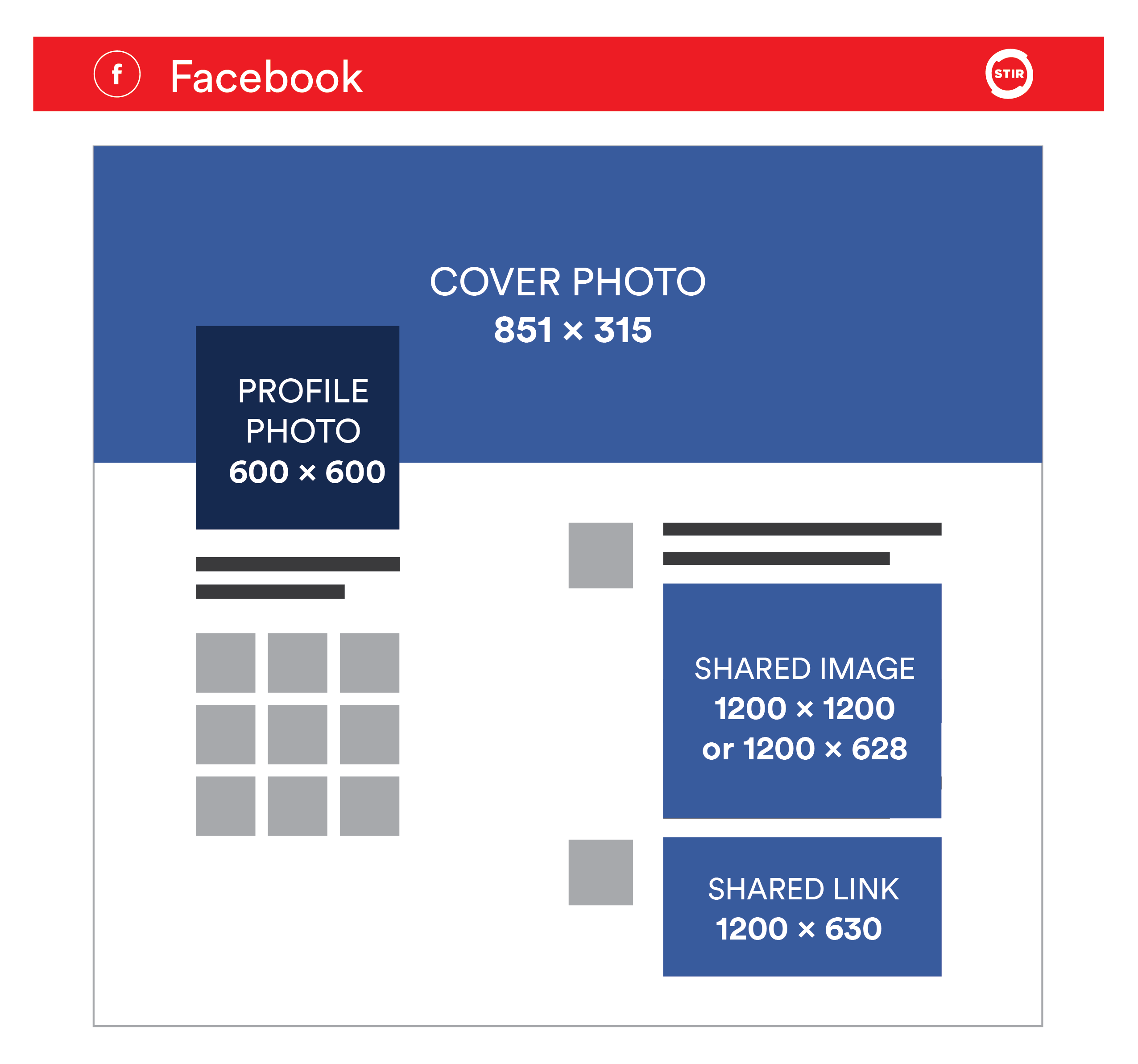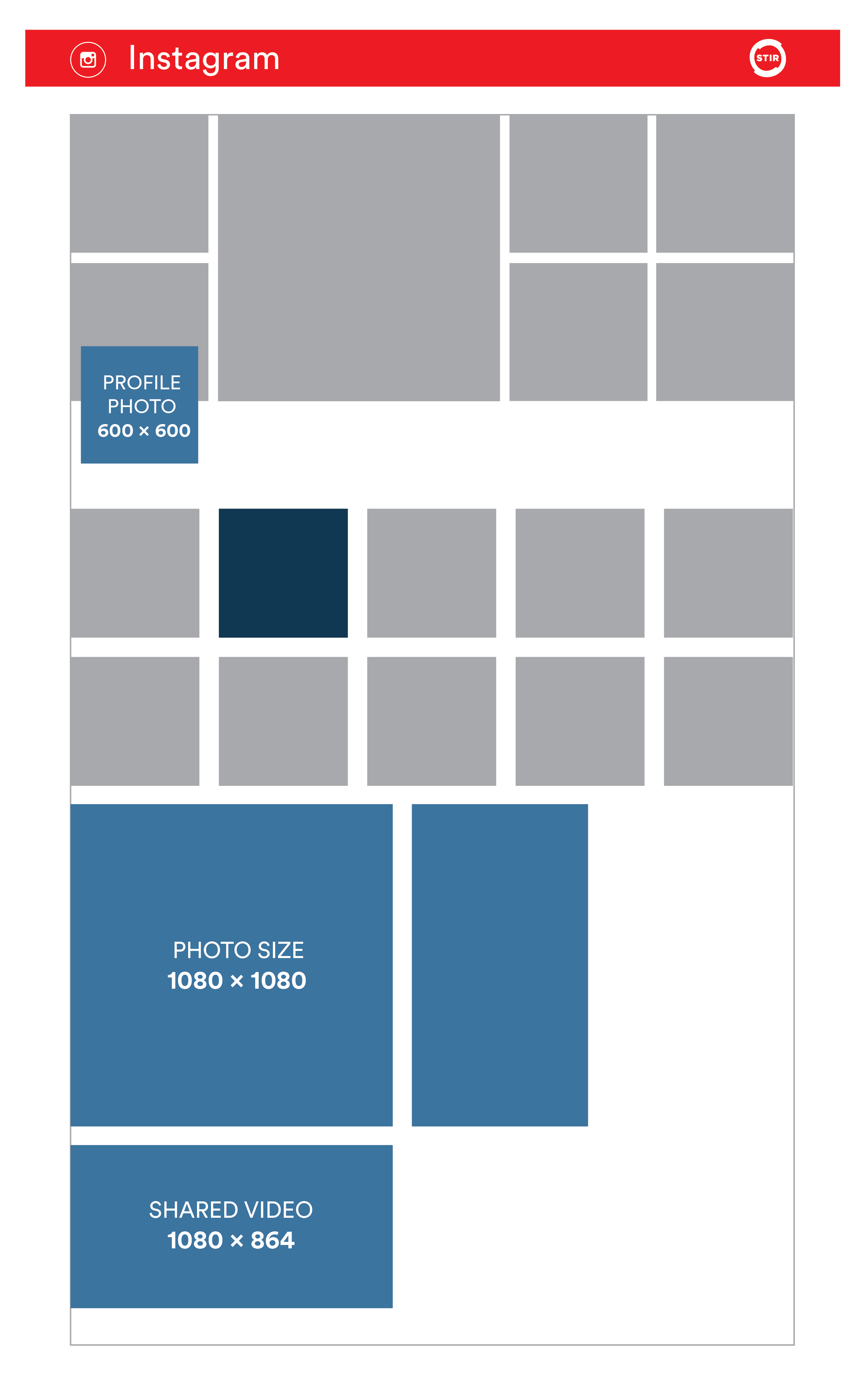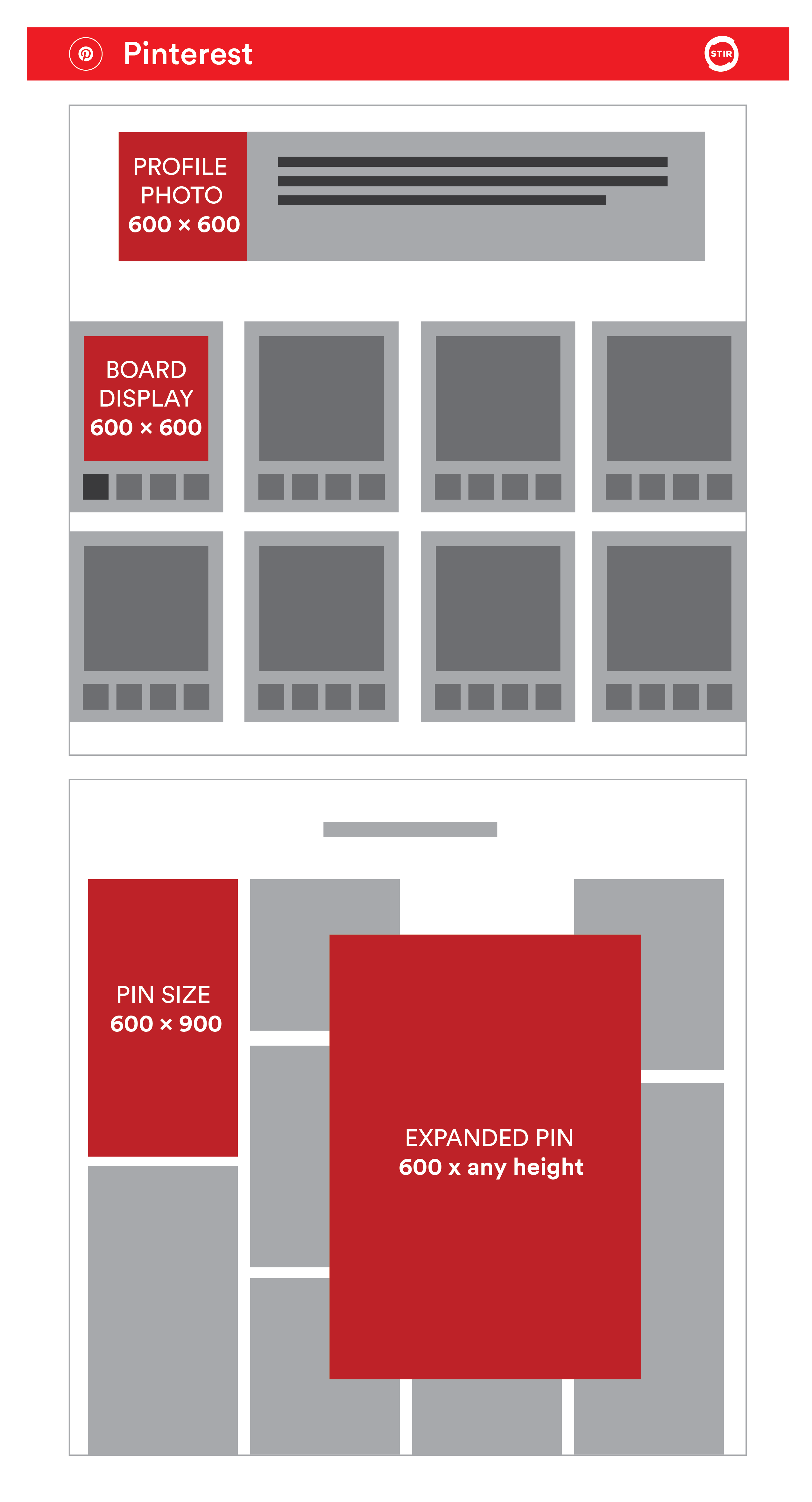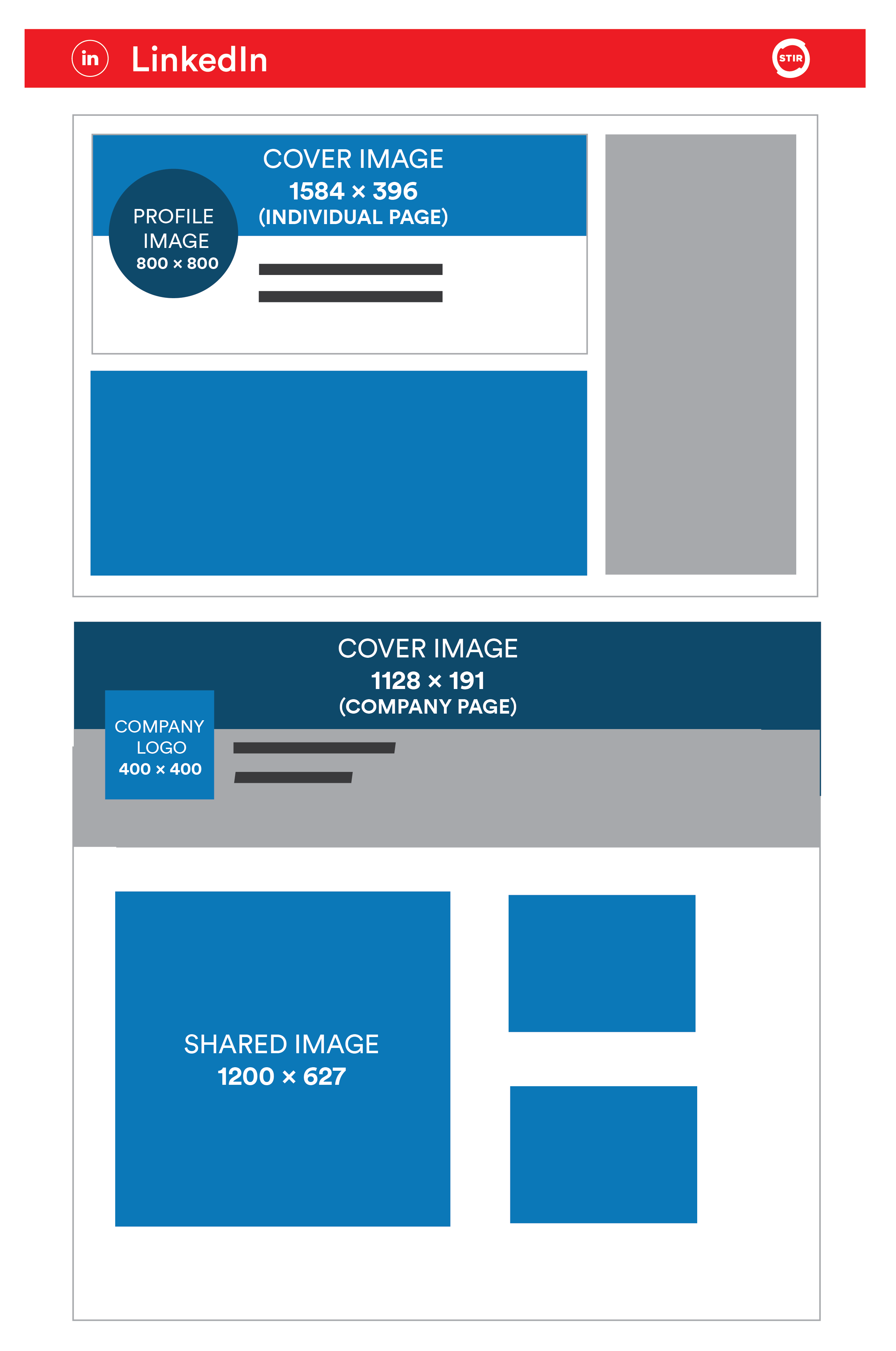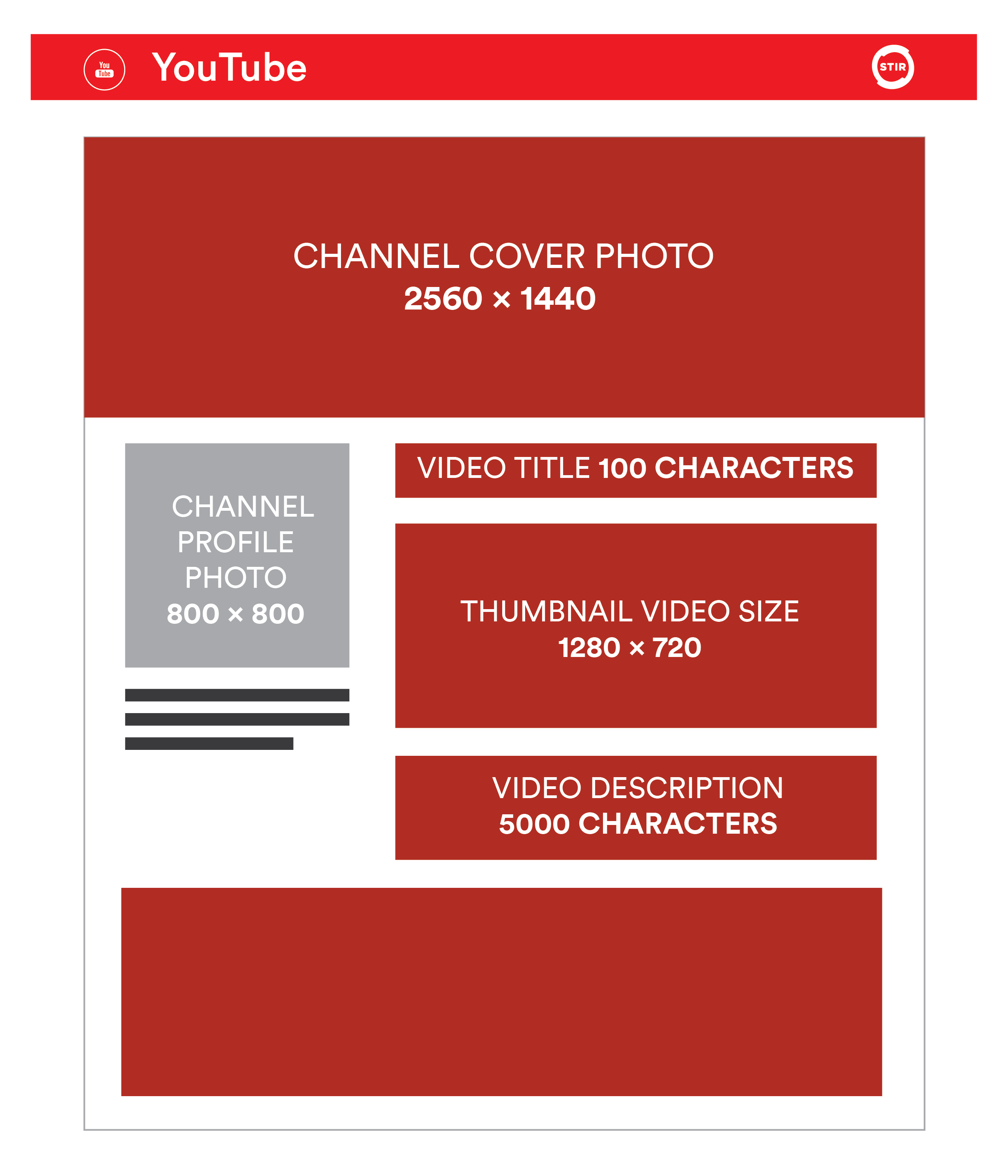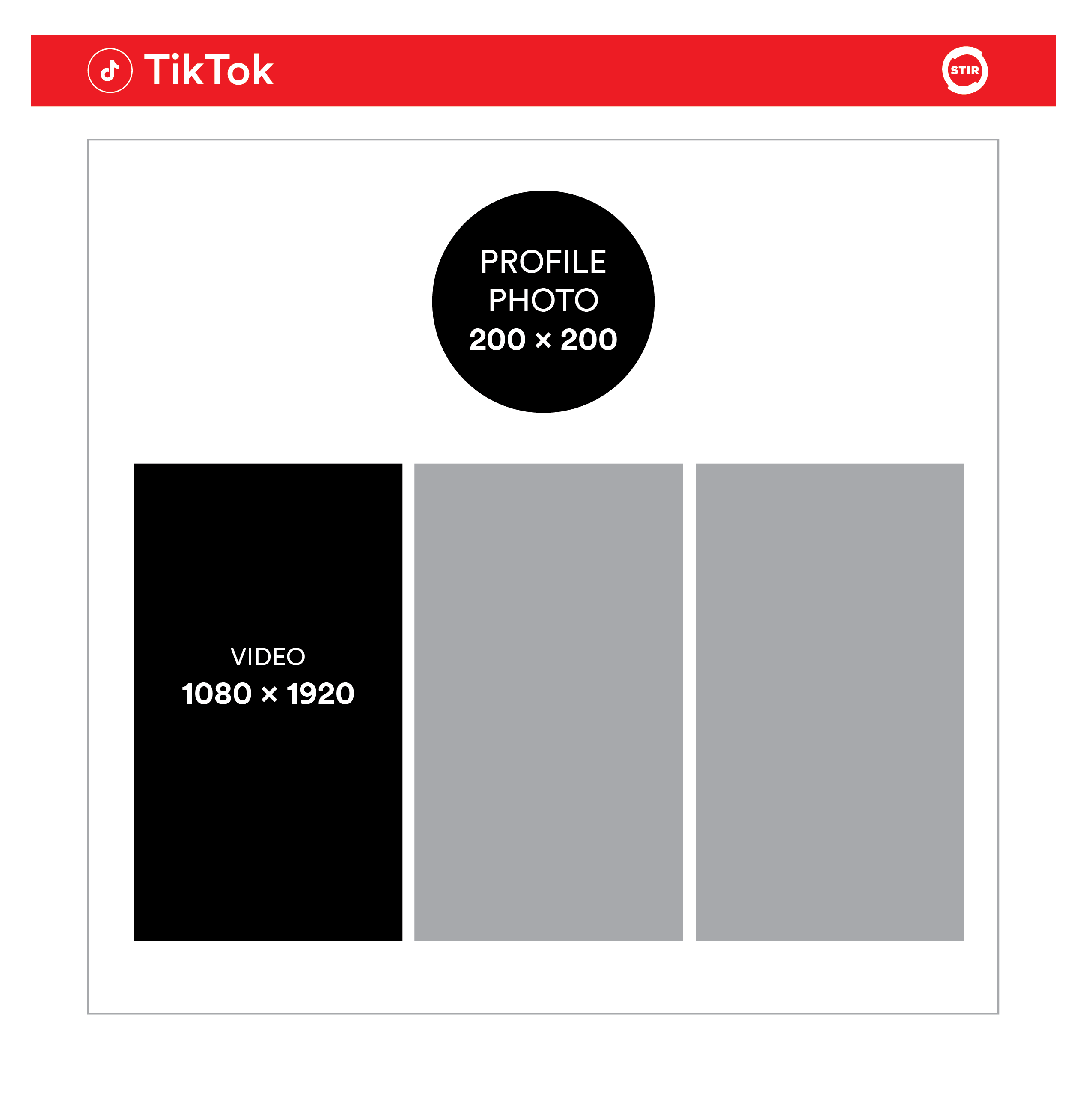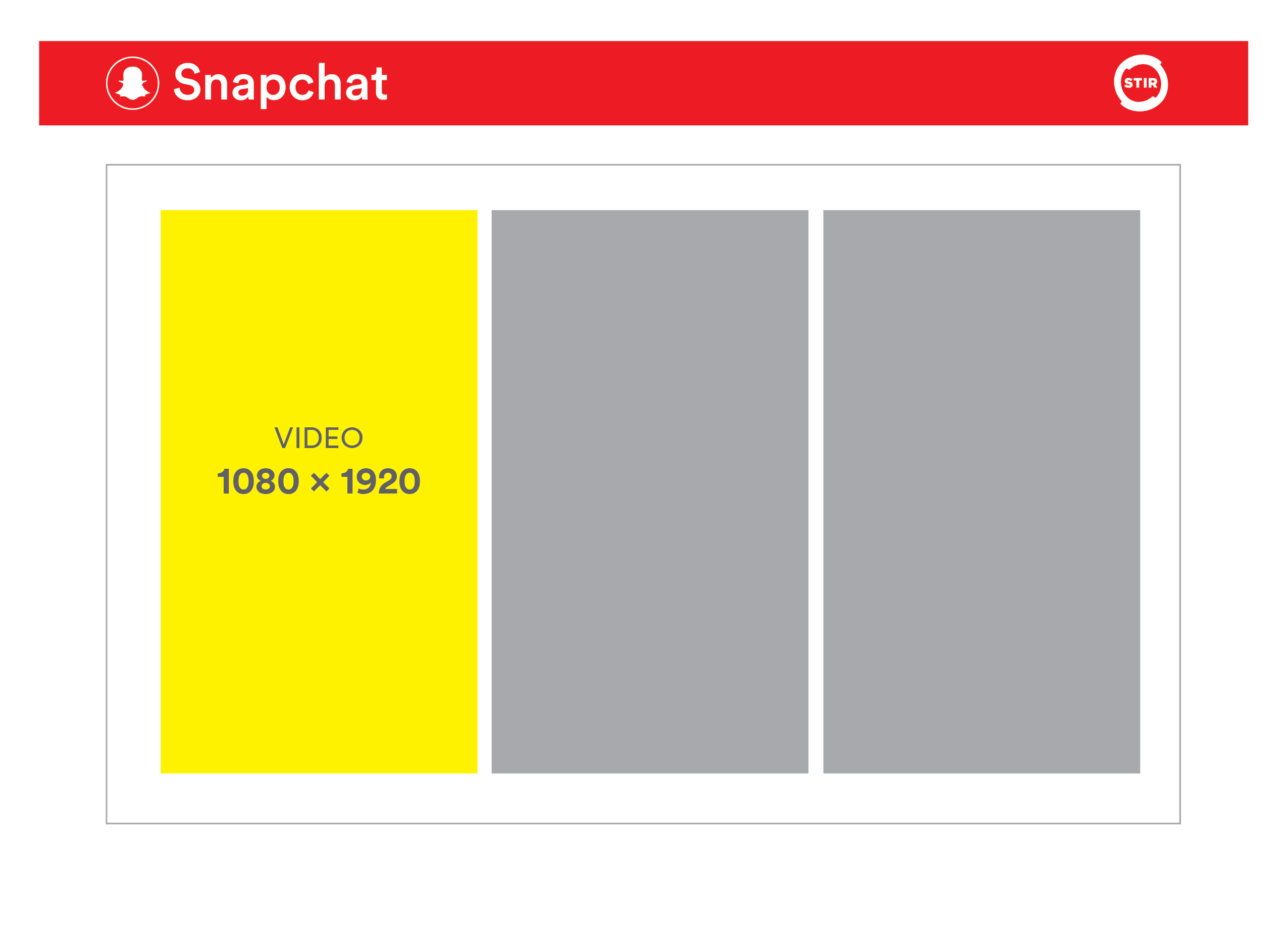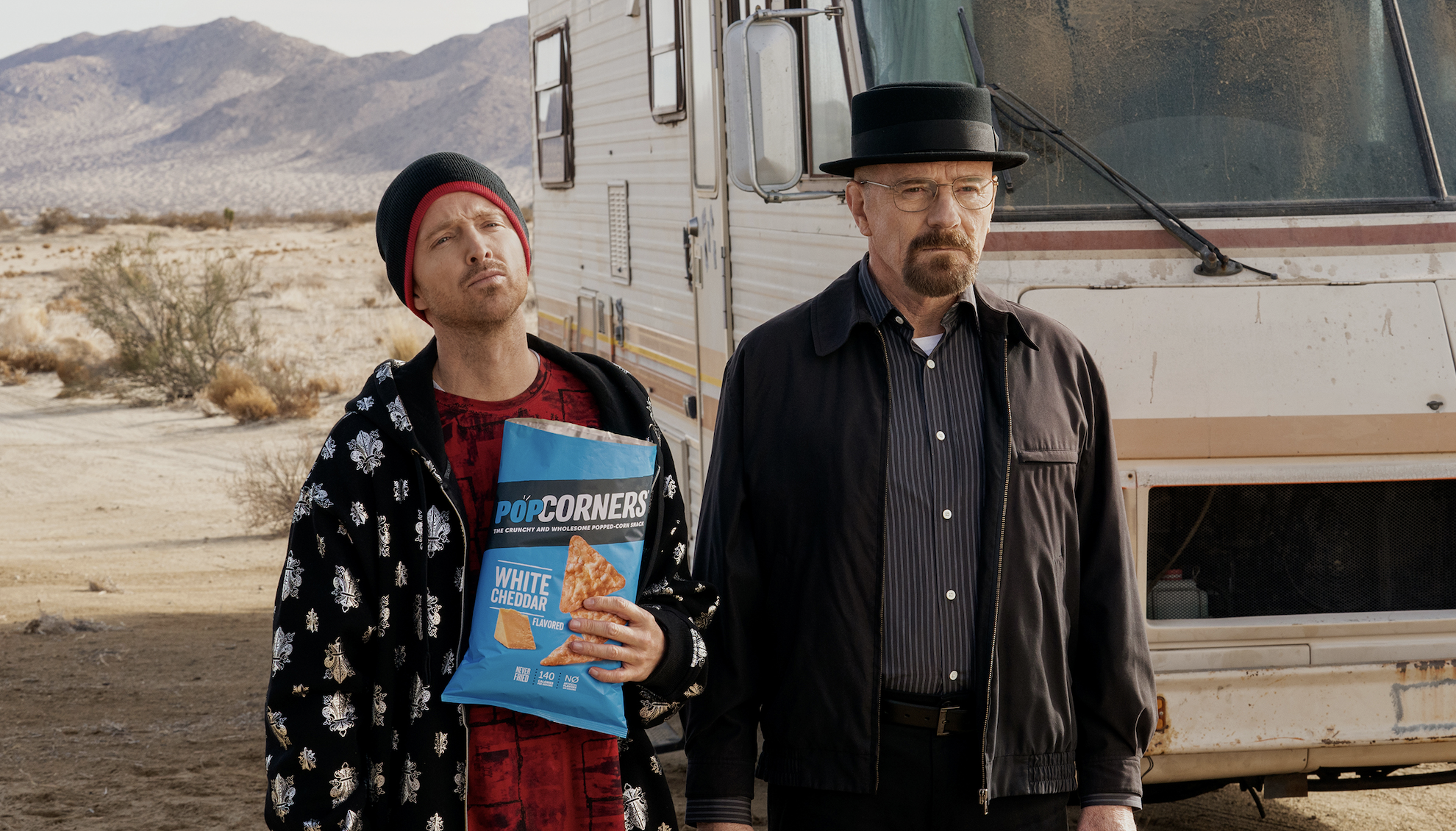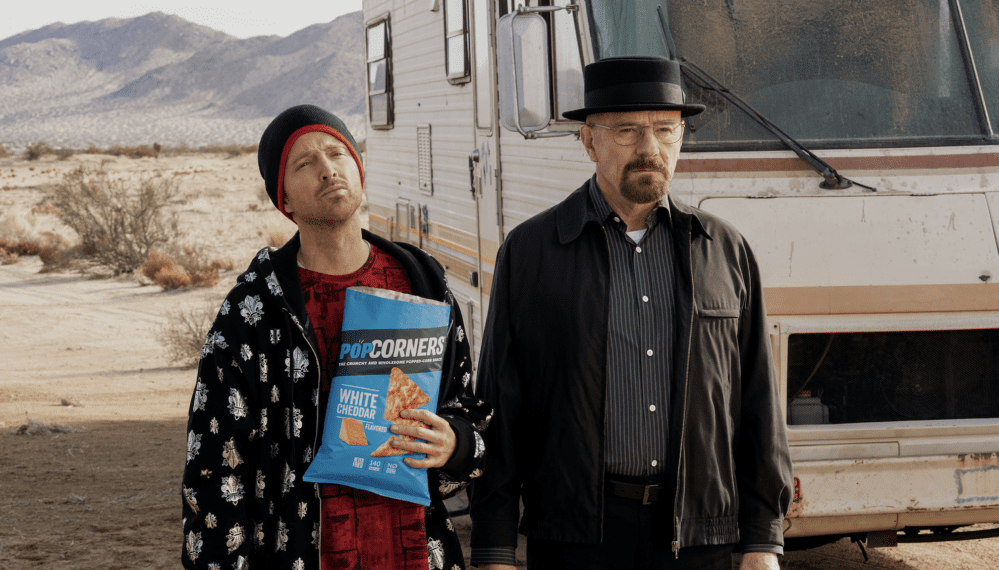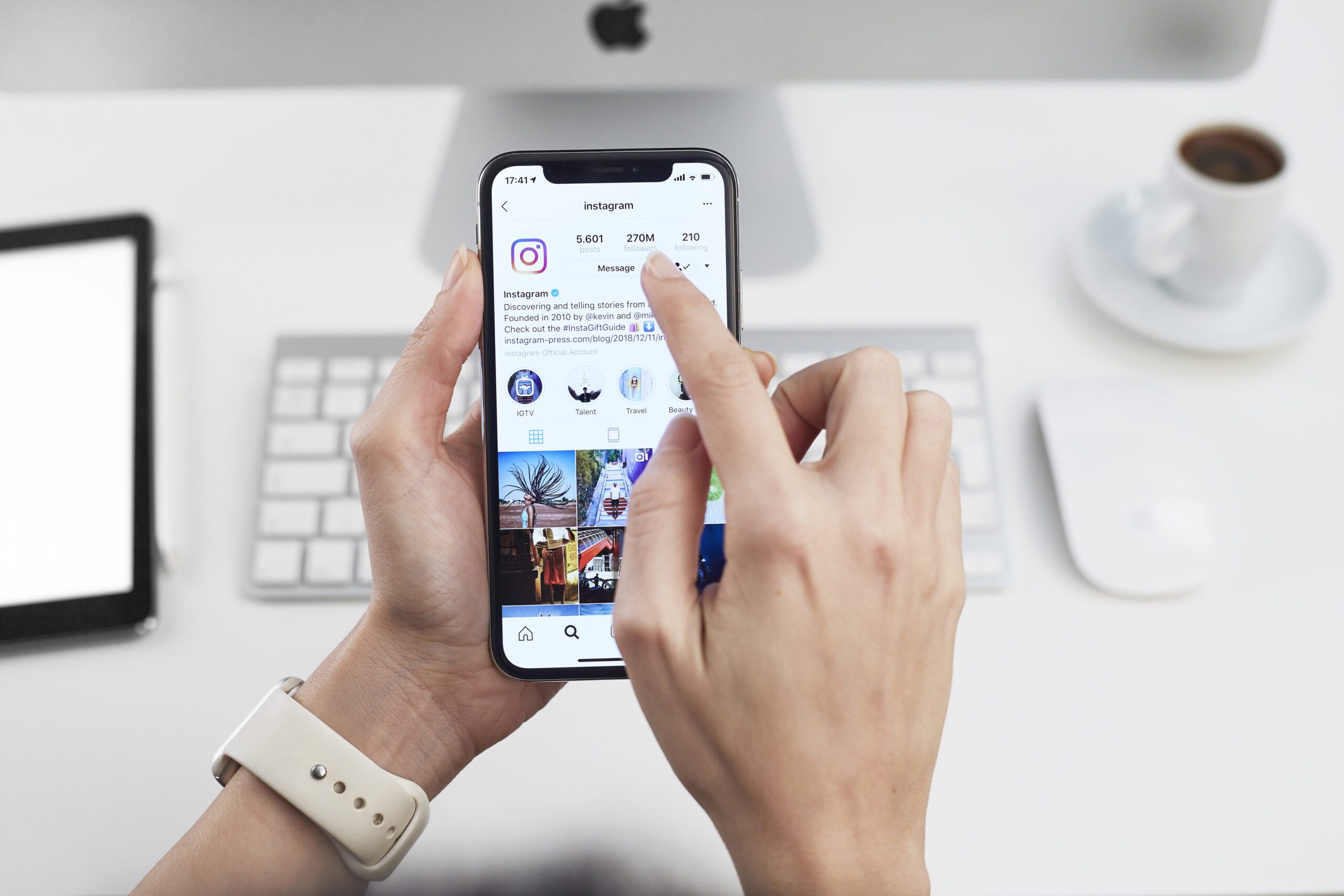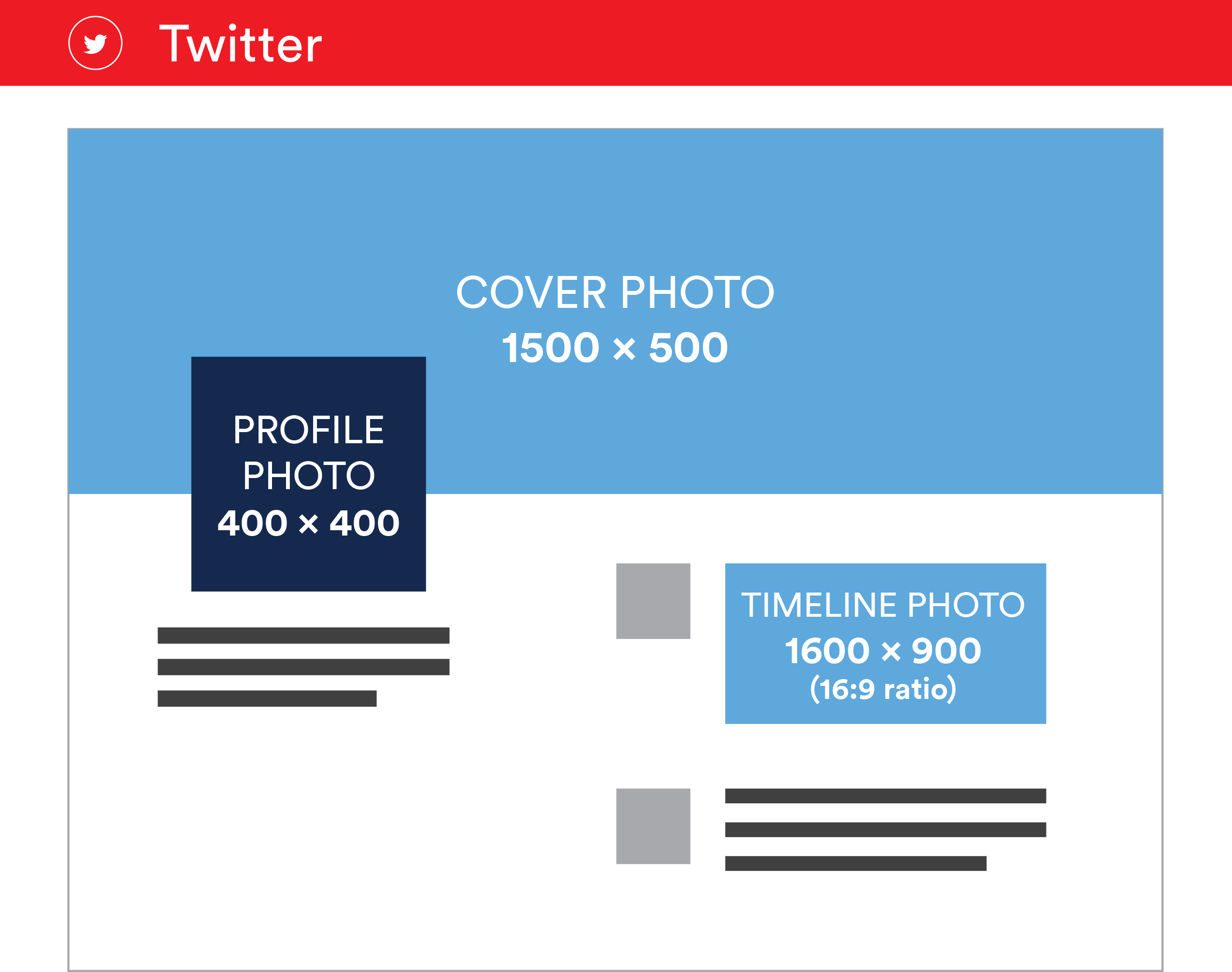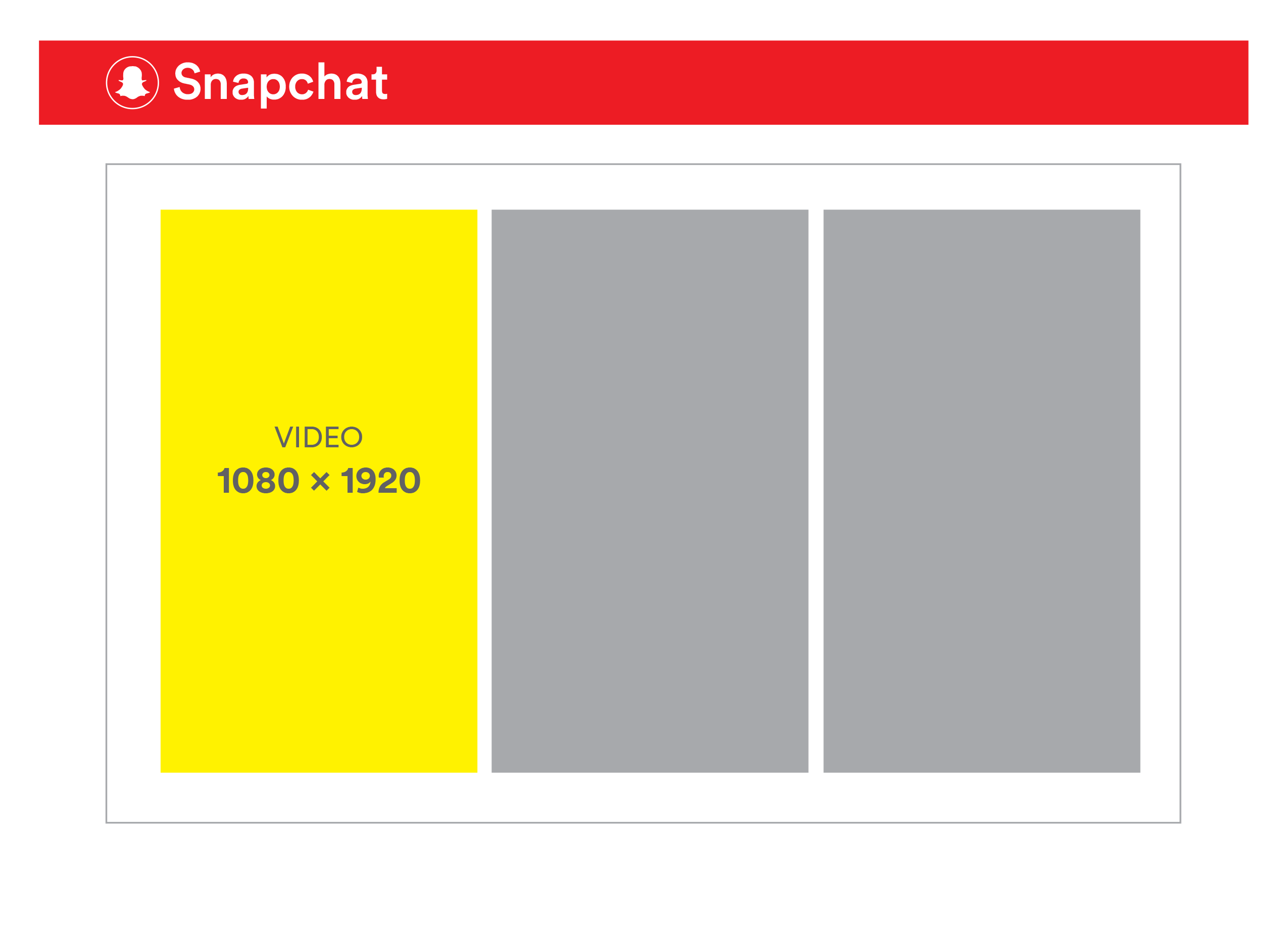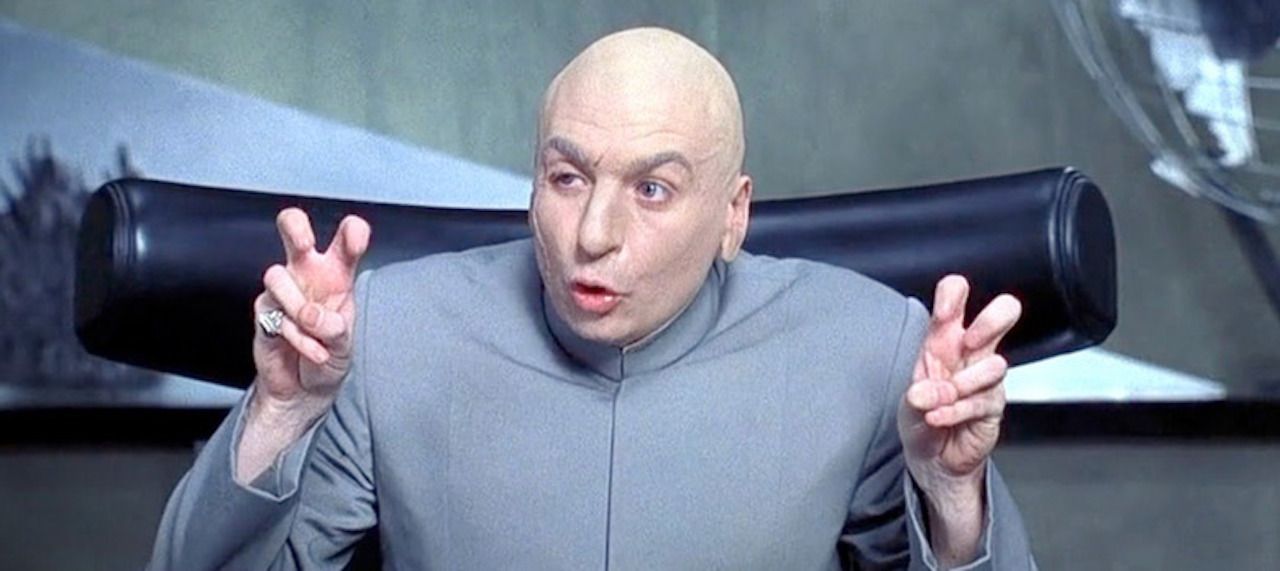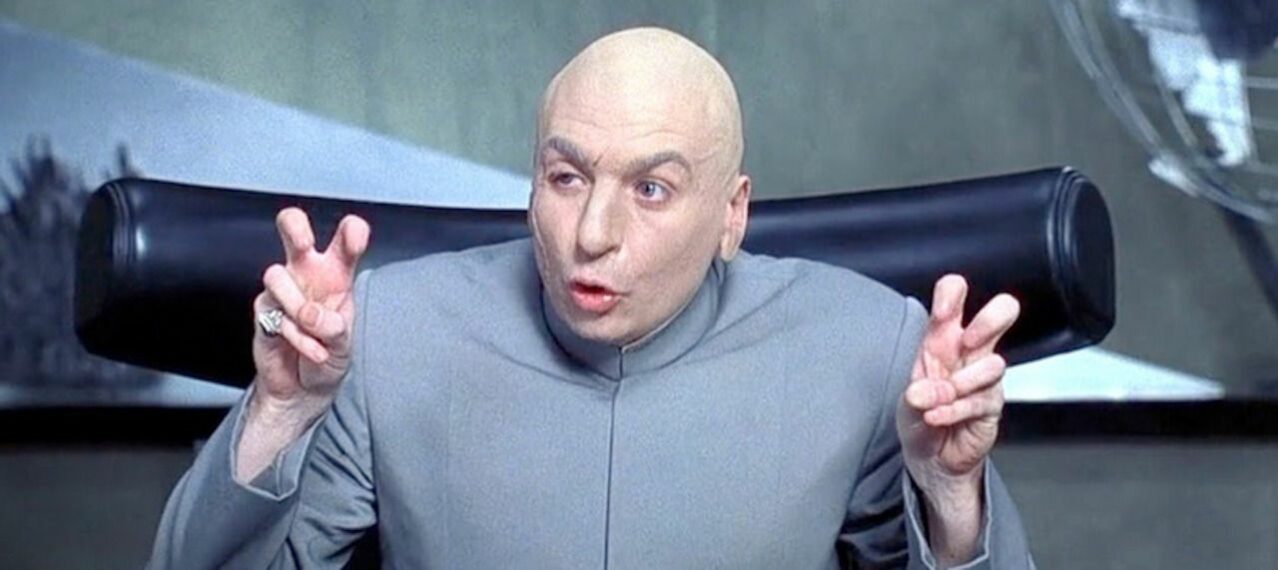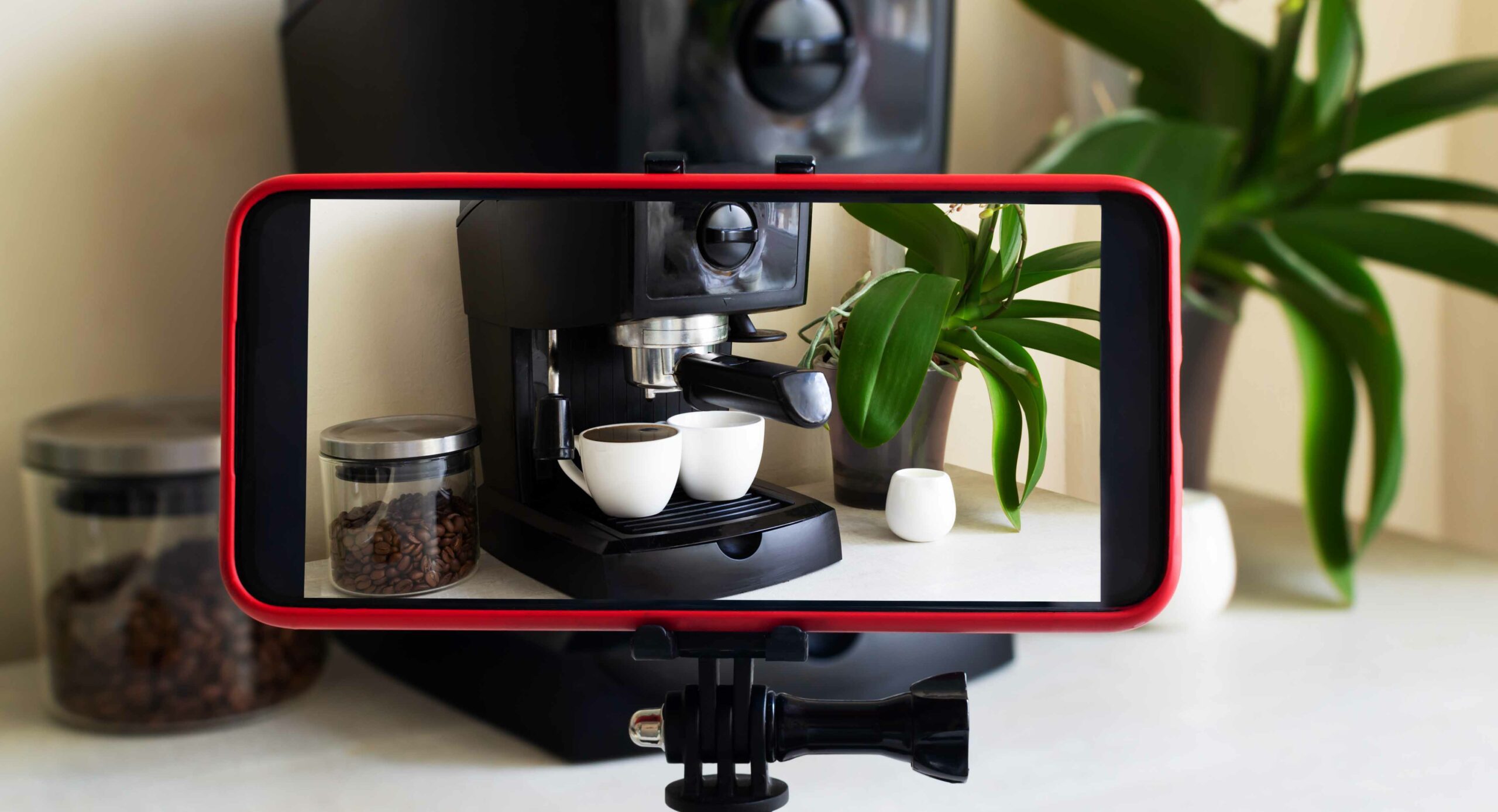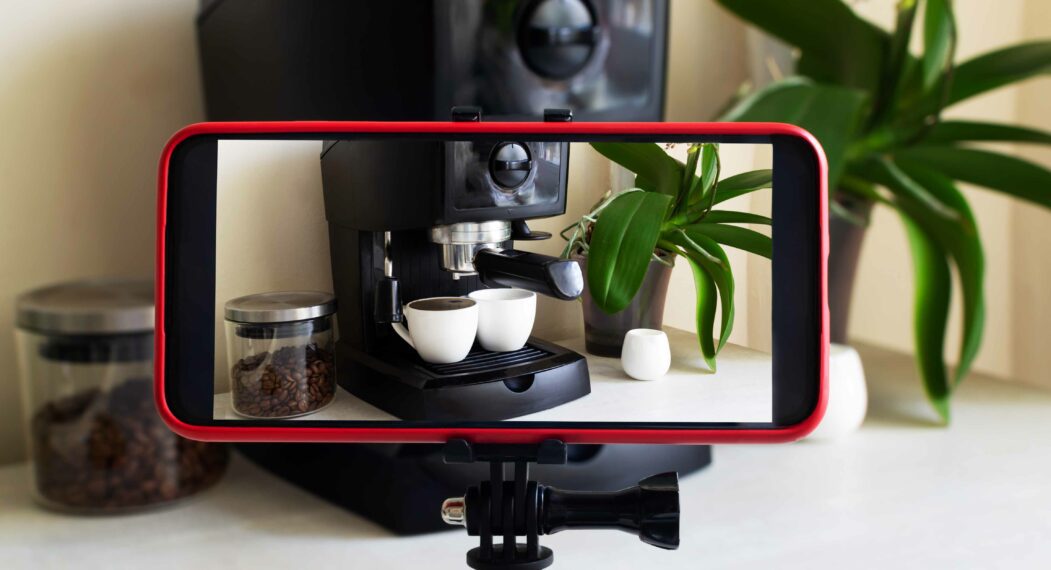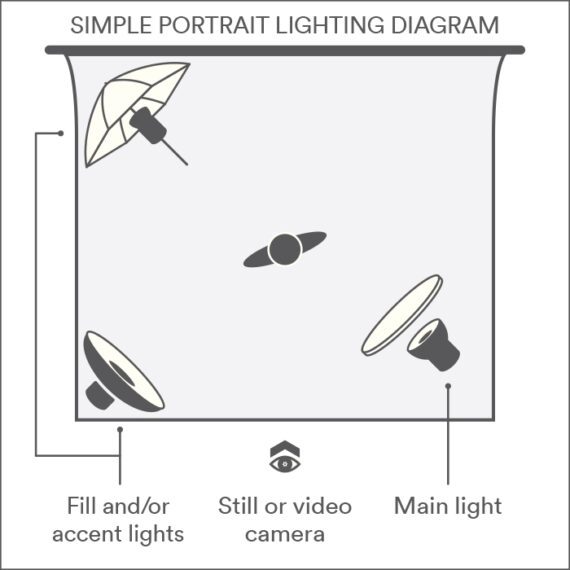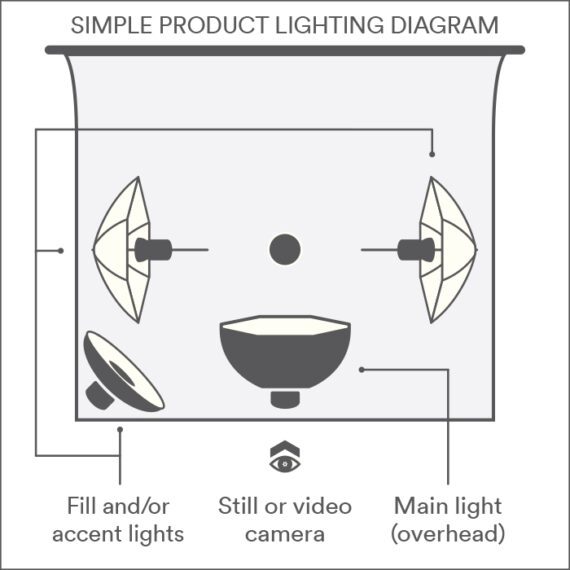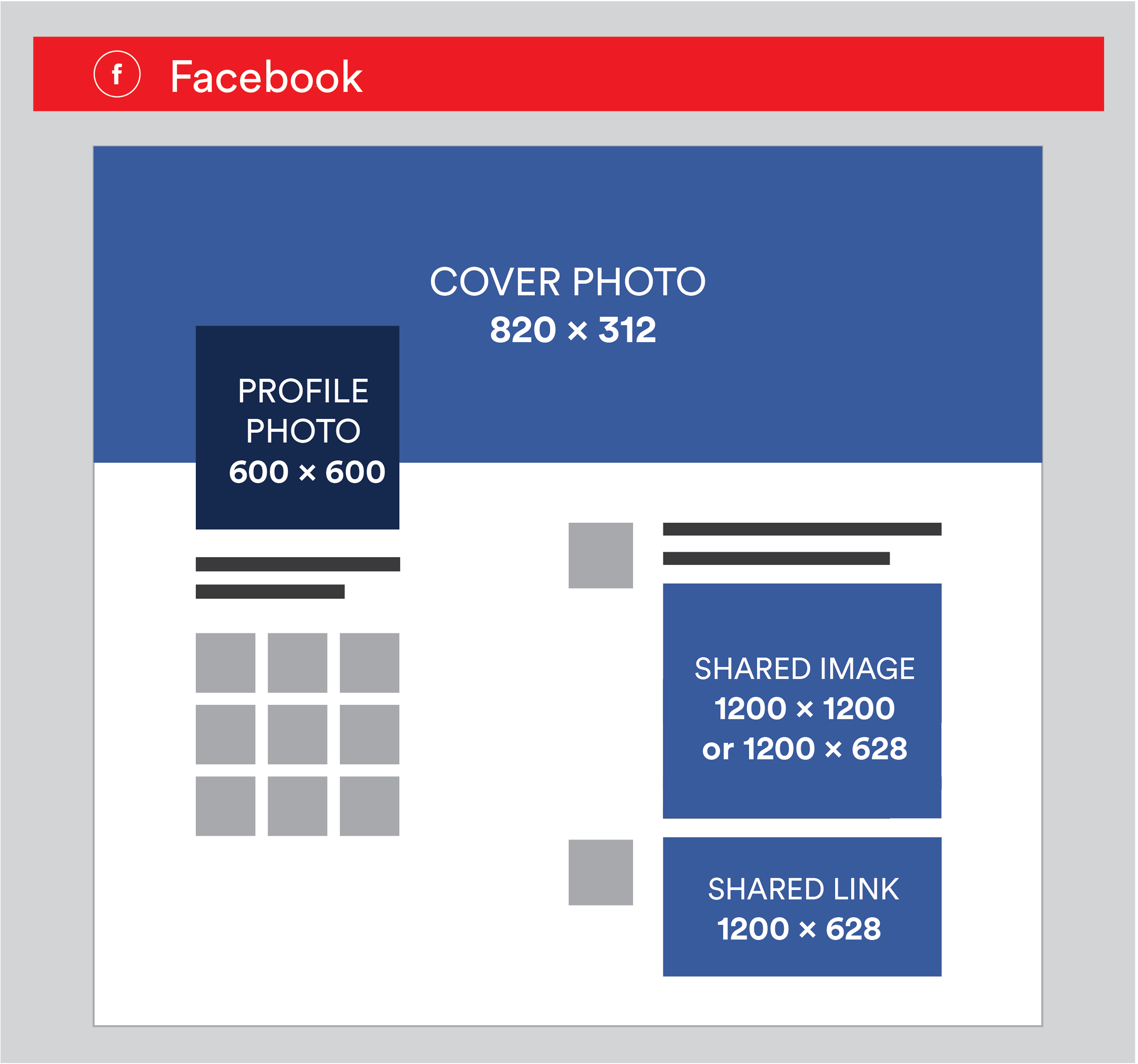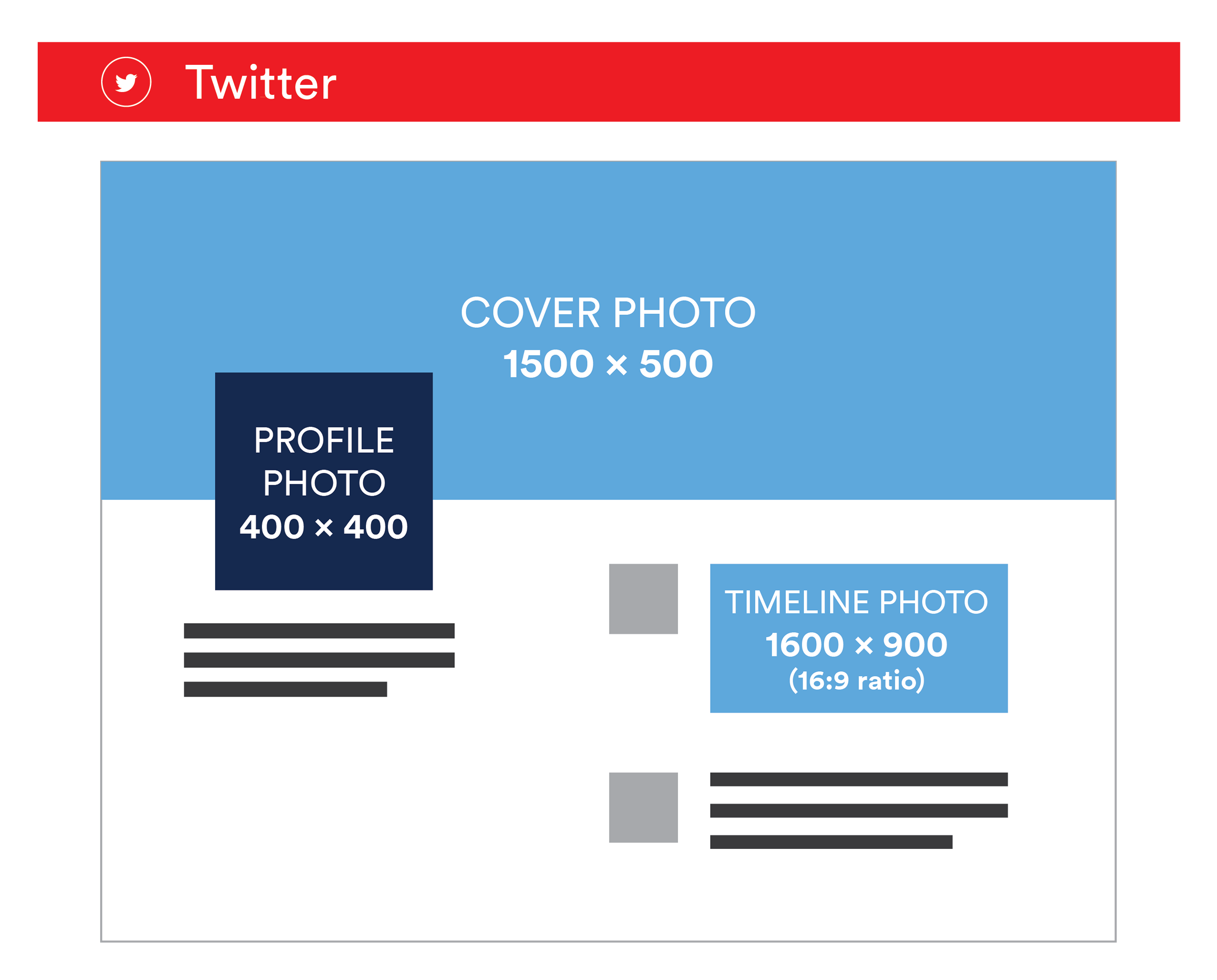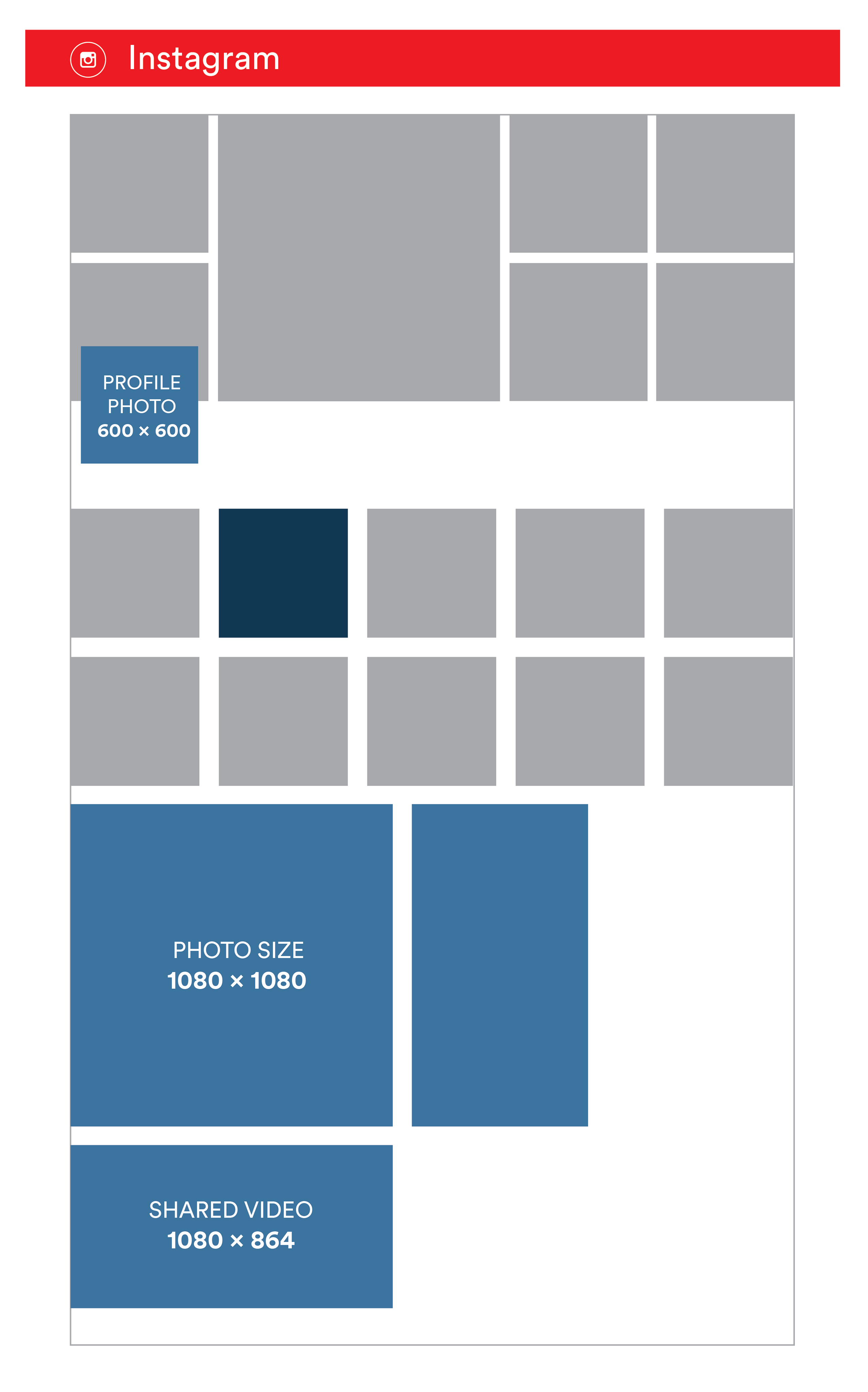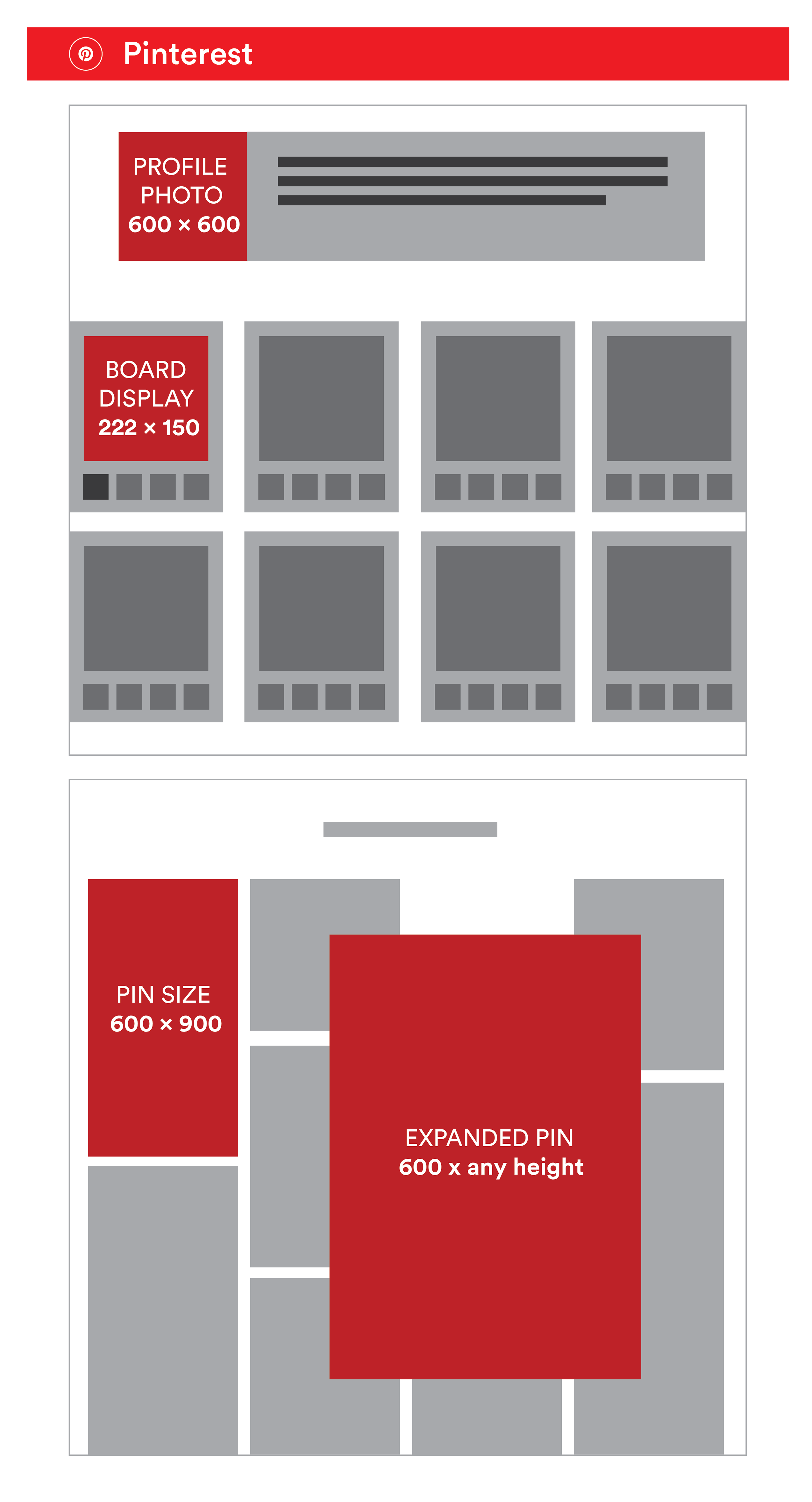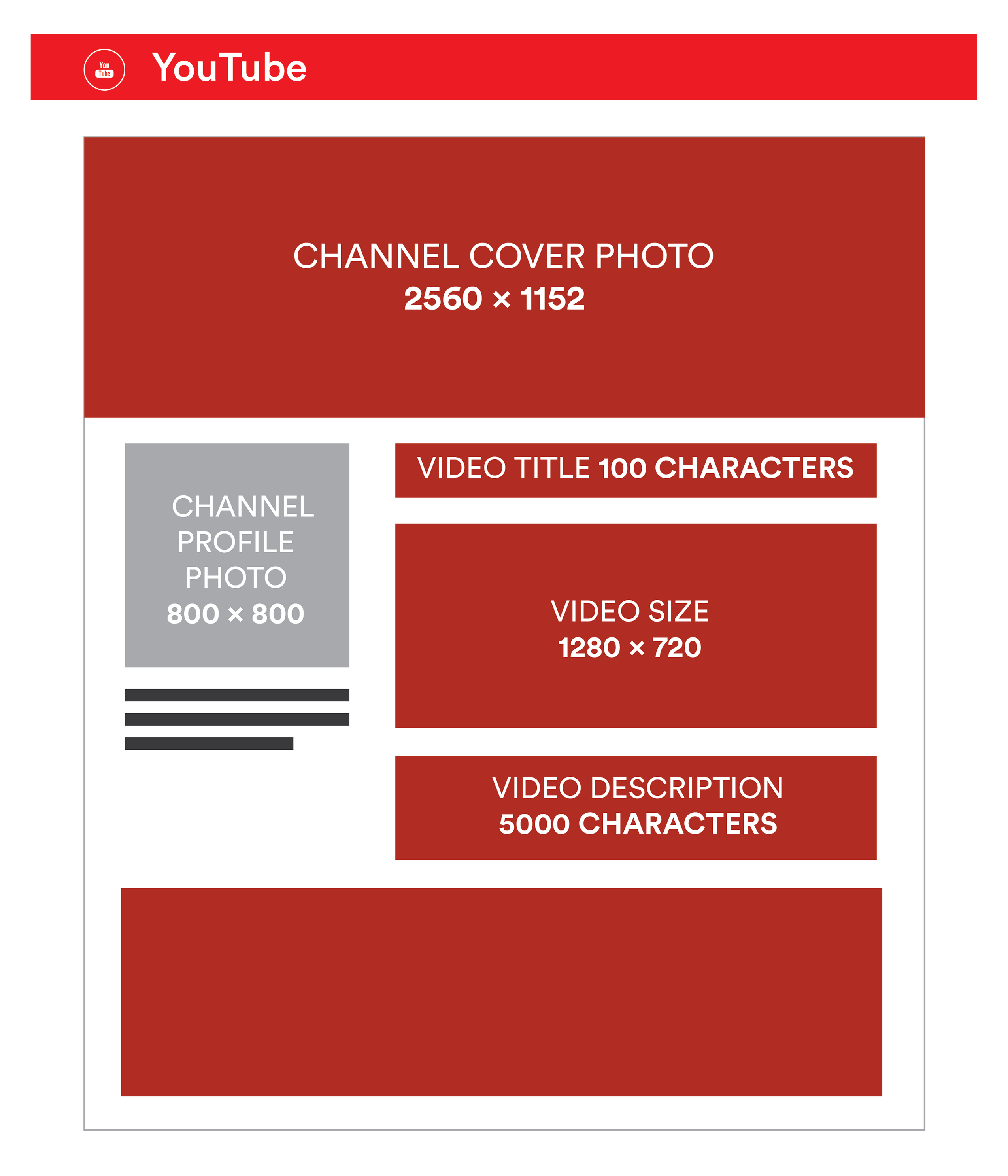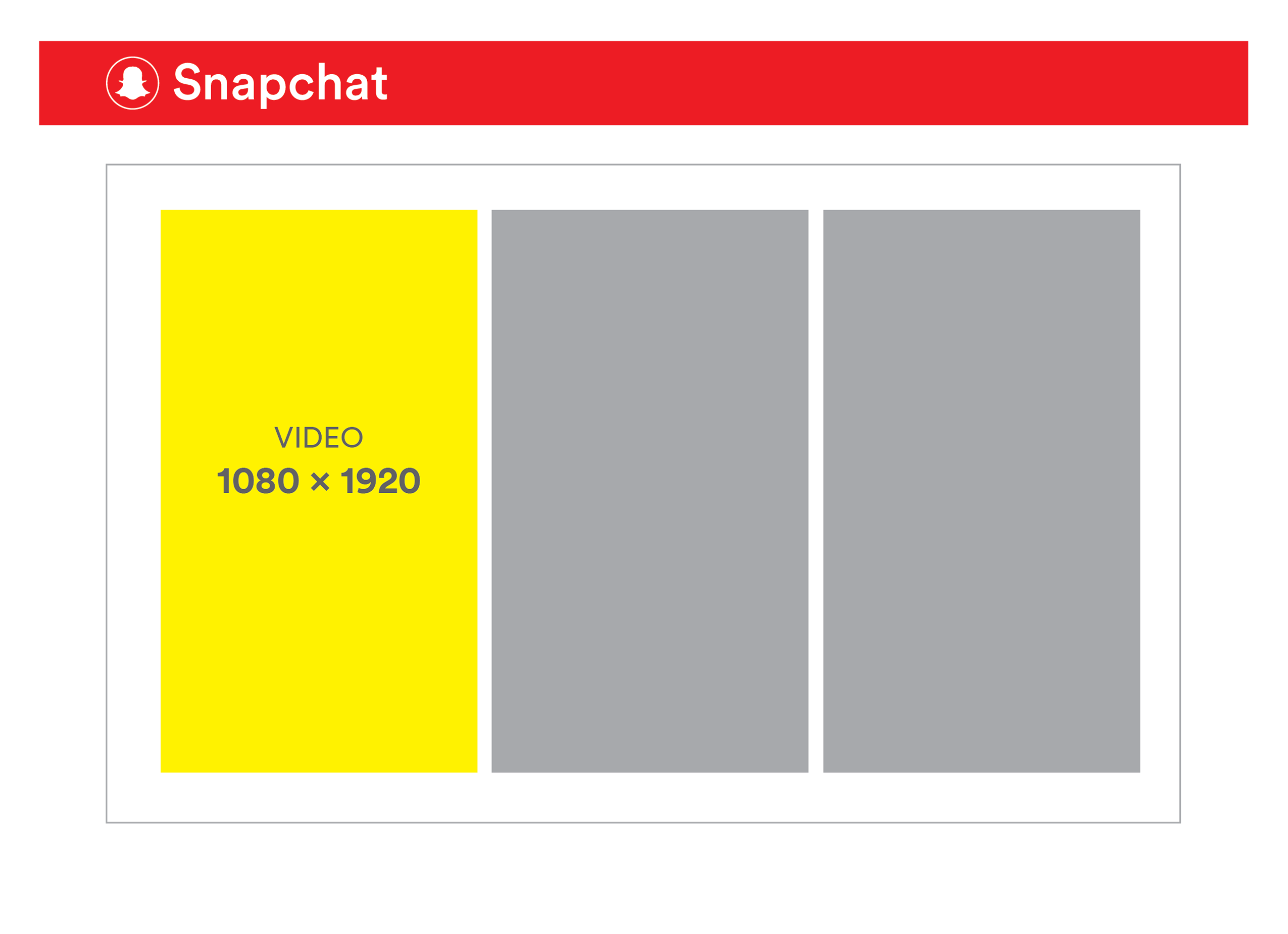
I’ve been an Ad man for 40 years and that long tenure has given me some unique insights I’m happy to share. Here’s a key point – beauty is in the eye of the beholder. If you loved the spot, it’s a good spot. If almost everyone loved the spot, it’s a great spot. As an Ad guy, however, I look for the ideas behind the drama/humor and judge them accordingly. There was the usual noise and gratuitous use of celebrity, but also some great ideas:
Pluto’s “Couch Potato” ad
The “couch potato” ad was based on a simple idea that resonated with everyone in the audience. Original, funny, visually interesting and not-too fast moving that it blended into all the other Super Bowl noise. Their message is that the product is so good that you’ll turn into a couch potato. It works because it’s a simple brand-related benefit that is easily understood.
Lay’s “Groundhog Day” 15-second Spot Series
Airng on ABC, this is an example of a spot concept with little production value but a big idea, this was a great use of the media buy (:15’s), and the built-in repetition of a series that has a similar script arch is arresting. This technique plays to the audience’s inherent short attention span but rewards their intelligence with dry humor and delivers a simple but central message – there’s a ton of Lay’s chip flavors.
Oreo’s Twist Spot
Another example of a great marketing idea is to feature Oreo twisting as a tiebreaker/decision-maker. A series of celebrities ostensibly make what, in retrospect, look like big-time but no-brainer decisions with the aid of an Oreo cookie. This is a good use of celebrity, and if they play this idea out, it could become a culturally iconic lifestyle moment where people think of gnawing on Oreos while pondering big decisions. I’d run with this one for a while if I were running marketing there.
And then there was some spots with big productions and soft scripts with no punch:
Google Co-Pilot Ad – AI Technology
A series of well-shot scenes featuring pensive-looking people expressing negative thoughts and tiny font on screen. The point is that these folks will change the world because Google Co-Pilot has empowered them. This spot must be watched two to three times to make its point, making it a bad investment for Microsoft.
Squarespace Saucers Ad – Shot by Martin Scorsese
Beautifully shot and edited, this is a huge-budget spot that is really a film short. But the point was…. Oh yeah, everybody is looking at their screens and not noticing the invasion of aliens. You must really think about this one for it to make sense and be relevant to the advertiser. As a result, my opinion is that this is not a great Super Bowl ad, and Martin should stick to those awesome long-form movies!
Notable effort:
After stepping in some major doo-doo since the last Super Bowl, the once-proud Anheuser Busch Co. spent heavily and returned to their legendary playbook: Clydesdales, puppies and frat-boy humor.
Budweiser Beer Delivery Ad:
The Clydesdales deliver the Budweiser on a day when it’s snowing too hard for the trucks to run. An adorable Labrador somehow shows them the way… Not that these spots were ever plausible, but it might have played better during a winter when it actually snowed! That said, people always love this formula.
Bud Light Genie Ad:
It’s notable that Bud Light returned to the big game with a spot that featured Post Malone and that played well with an audience that actually enjoys frat-boy humor.


